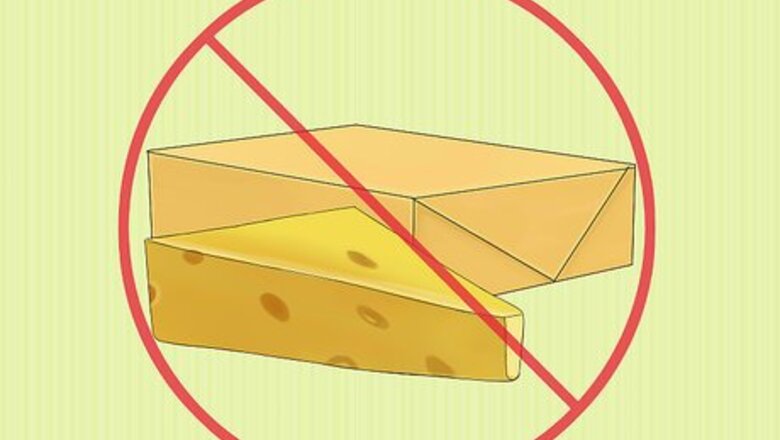
views
Changing Your Diet
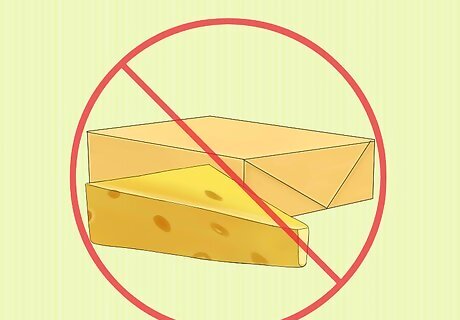
Avoid saturated fats and trans fats. Saturated fat is one of the primary culprits in raising your cholesterol. Equally, avoid trans fats, which appear on food labels as “hydrogenated” oils and fats. Butter, margarine, cheese, full-fat dairy products, red meat, and processed meats are a few examples where you can expect to find excessive levels of these fats. Check saturated fat levels on food labels and limit your daily caloric intake to less than 10% of your caloric intake per day.
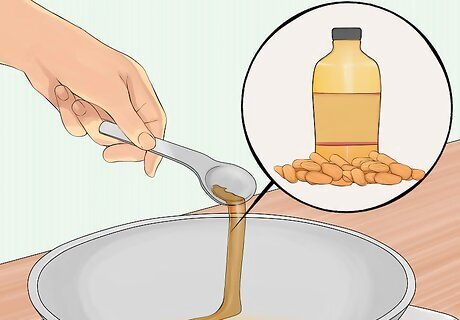
Cook with healthier oils. Since butter, lard, and margarine are all high in unhealthy fats, you should choose healthier cooking oils when preparing food. Some alternatives are high in monounsaturated and polyunsaturated fats, which can actually have the opposite effect and help reduce cholesterol levels and reduce inflammation associated with atherosclerosis. These options include: Olive oil Canola oil Peanut oil Sunflower oil
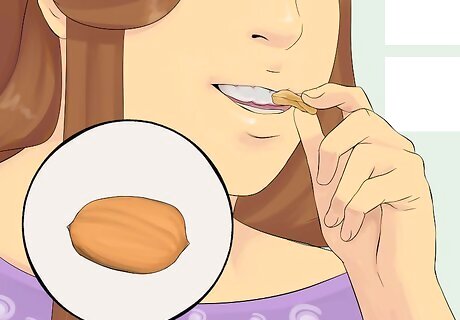
Increase your intake of omega-3 fats. Omega-3 fats (so-called “good” fats) help to reduce the risk of atherosclerosis. You can find these fats in many foods and especially fish. Salmon, tuna, and trout are all excellent sources of these fats, so try to eat around 2 servings a week. Other foods rich in omega-3 fats include: Flaxseeds and flaxseed oil Walnuts Chia seeds Soy products and tofu Legumes Leafy green vegetables Avocados
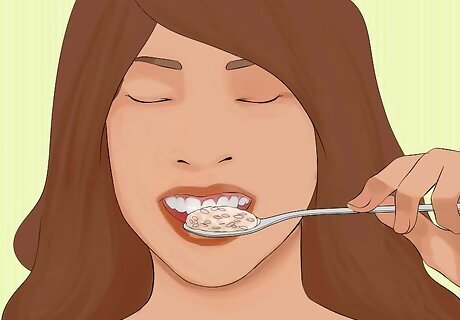
Choose whole grains. Processed grains cut out the fiber and other healthy components found in grains. Instead of foods made with white flour (white rice, white bread, semolina pasta, etc.), choose whole grain options. You should try to eat 3 servings of whole-grain options each day. These include whole-wheat pasta, quinoa, brown rice, oats, nine-grain bread, etc.
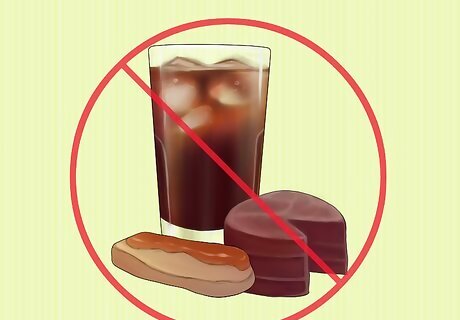
Cut out sweets. Sweets are a major source of simple carbohydrates, which can have an impact on several factors related to atherosclerosis such as high blood pressure and obesity. Eliminate sugary foods and drinks from your diet to help promote heart health. Limit yourself to a maximum of 5 sugary items a week (and fewer when you can).

Increase your fiber intake. High-fiber foods help to control both cholesterol and blood sugar levels. Add lots of fruits, vegetables, and legumes to your diet to increase fiber. Some of the best options include: Beans Apples Citrus fruits Oats and barley Nuts Cauliflower Green beans Potatoes Carrots Generally speaking, try to eat 21 to 25 grams of fiber a day if you’re a woman and 30 to 38 grams each day if you’re a man.
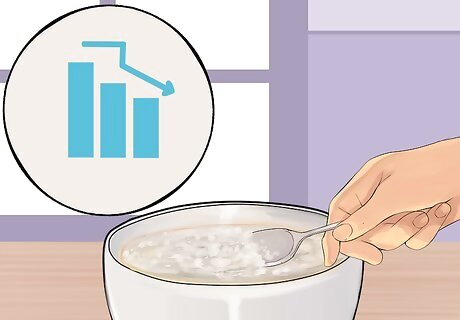
Decrease your sodium intake. Sodium (found in salt) has an impact on your blood pressure, and high blood pressure also puts you at a higher risk for artery hardening and damage. Choose low-sodium options at the store and restaurants and limit your intake to a maximum of 2,300 mg a day. If your doctor has already diagnosed you with high blood pressure, then you should set even stricter limits around 1,500 mg daily.
Making Lifestyle Changes

Stop smoking. The chemicals in cigarettes and other tobacco smoke damage your blood cells, as well as disrupting the function of your heart and blood vessels. Each of these things leads to the buildup of plaque (atherosclerosis). Quitting smoking is one of the best steps you can take for the health of your heart and lungs. Quitting cold turkey often proves too difficult for many. Take advantage of smoking cessation aids such as nicotine patches and gums, support communities, etc. as you undertake the process of cutting out tobacco use.

Exercise for at least 30 minutes a day. Exercise has a cascading effect that helps with a variety of conditions that lead to clogged arteries. Regular exercise helps you lose excess weight, relieves high blood pressure, and lowers LDL (“bad”) cholesterol. If you’re new to an exercise regimen, you may need to start slower. Consult your doctor to set up an exercise plan appropriate for you. Once you acclimate to an exercise routine, aim to complete 30 minutes of moderate aerobic activity (such as jogging or cycling) 5 times a week. If you prefer high-intensity workouts (such as CrossFit routines), then aim for 75 minutes a week. Aerobic exercise is anything that gets your heart rate up. It can include high-impact running or sports or low-impact exercises such as swimming and biking.
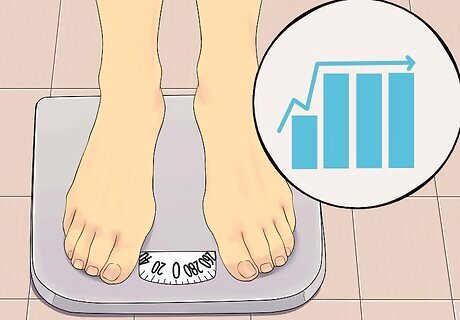
Maintain a healthy weight. The changes to your diet and physical activity will go a long way toward bringing you down to a healthy weight. You can set an actual goal for your weight using the body mass index (BMI), which uses your weight and height to estimate your body fat percentage Aim for the normal range, which is between 18.5 and 24.9 on the index. Medical professionals consider 25 to 29.9 overweight and consider 30 or higher obese.

Manage your stress levels. Experiencing high levels of stress releases stress hormones in your body that can have a chronic inflammatory effect, ultimately increasing your risk of atherosclerosis. If you experience high stress levels at work or at home, then it’s important to have proper coping mechanisms to relax and reduce this risk. Steps you can take to reduce stress include: Increasing your level of physical activity Meditation Calming activities such as yoga or tai chi. Enjoying music, movies, or other art that you find calming and peaceful Channeling the energy into some of your favorite relaxing hobbies
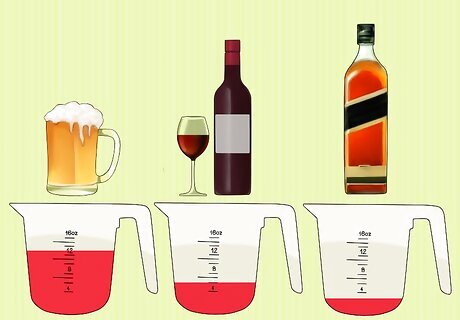
Reduce your alcohol intake. Alcohol abuse puts you at a higher risk for atherosclerosis. Generally speaking, men should limit themselves to 2 alcoholic beverages a day, and women should limit themselves to 1. The measurement size for a drink varies by alcohol type. Use this guideline: Beer: 12 ounces Wine: 5 ounces Liquor: 1.5 ounces
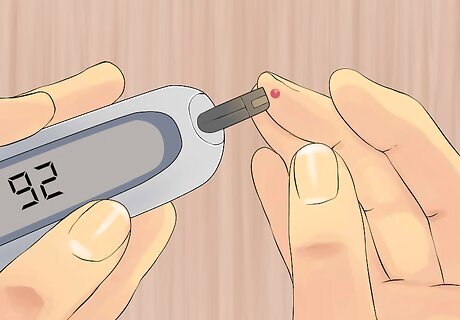
Manage your diabetes if you are diabetic. Having type 2 diabetes puts you at an increased risk of atherosclerosis. If you are diabetic, stay on top of the disease by performing your blood glucose testing, managing your diet, and staying physically active. Consult your physician about the most appropriate plan for your specific case.
Taking Supplements
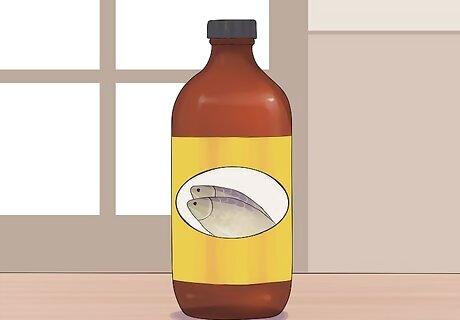
Take fish oil supplements. If you don’t like fish or don’t have access to fish, you can simply take fish oil supplements to help get omega-3 fats. Look for fish oils that contain EPA and DHA oils. Be sure to read the label on your fish oil supplements so you know how many to take each day. Take them as recommended.
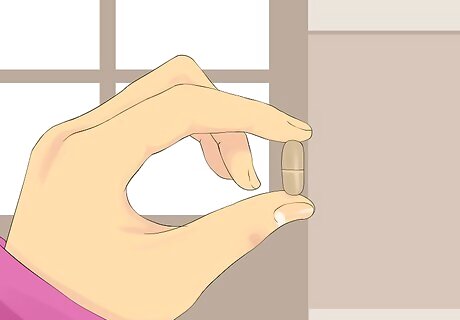
Add psyllium supplements. If you have difficulty getting enough fiber from foods, you can take psyllium supplements. Psyllium is a water-soluble fiber available in pill and powder forms (Metamucil). Read the label to check the dosing, then take this supplement as recommended.
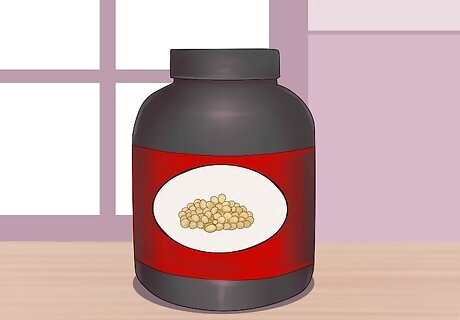
Increase soy protein through supplements. Soy proteins are commonly available as powders that you can mix into a variety of foods and beverages (juices, smoothies, etc.). Several studies have shown that soy protein supplementation can have a beneficial effect on your cholesterol levels. Read the label on your supplement and take it as directed.

Take niacin supplements. You can also take niacin (vitamin B3) to help lower cholesterol levels. However, talk to your physician and monitor niacin supplementation closely. High doses of niacin may increase your risk of the following: Stroke Infection Bleeding Liver damage
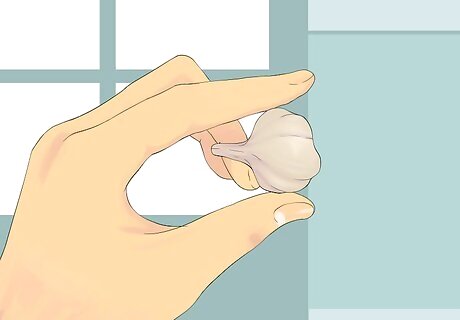
Eat garlic. Garlic may decrease the risk of atherosclerosis and positively affect blood pressure. You can simply add more fresh garlic to your food or take garlic supplements if you don’t enjoy garlic in foods. If you’re taking a supplement, read the label first so that you know how much to take.
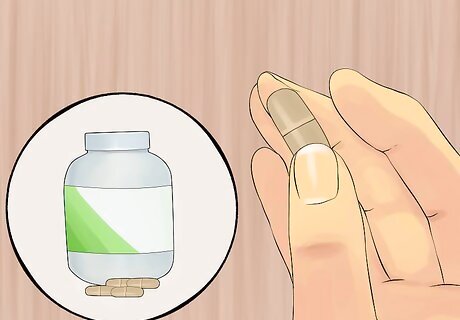
Take plant sterol supplements. Beta-sitosterol and sitostanol are two additional supplements that may have a positive impact on cholesterol. You can find these options in supplement form at most vitamin shops or health food stores. Be sure to check the label for proper dosing.
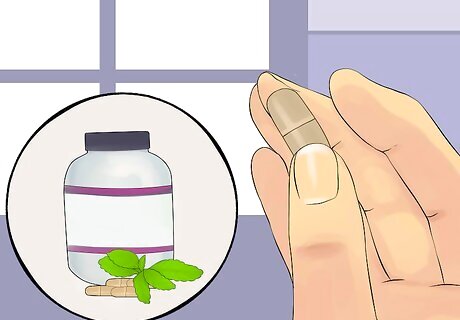
Take coenzyme Q10 (CoQ10) supplements. CoQ10 is an essential nutrient used to treat a variety of heart and blood vessel conditions. It can also counteract muscle pain resulting from other cholesterol-lowering medications called “statins.” Only take CoQ-10 if your doctor recommends it. Make sure you’re taking your supplement as directed on the label.
When to Seek Medical Care
Get immediate care if you experience the symptoms of a heart attack. Try not to worry, as other conditions can mimic a heart attack. However, it’s best to get treatment right away if you suspect a possible heart attack so that you can make a recovery. Get a ride to the emergency room or call for help if you have the following symptoms: Crushing pressure in your chest Pain in your shoulder or arm Shortness of breath Sweating Pain in your neck or jaw (especially for women)
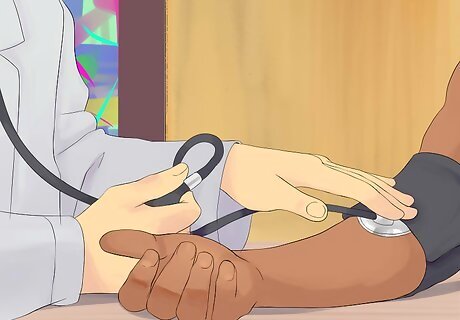
See your doctor for regular wellness visits, especially if you have risk factors. Go for an annual appointment to make sure you’re in good health, or visit your doctor as often as they advise to monitor any medical conditions you may have. At your visits, your doctor will check your blood pressure and do a complete blood count (CBC). This allows them to test your cholesterol, triglycerides, and blood sugar to make sure they’re in a healthy range. Then, your doctor can make treatment recommendations to help you be as healthy as possible. If you have risk factors for clogged arteries, such as high blood pressure, high cholesterol, diabetes, tobacco use, obesity, inactivity, or family history, then your wellness visits are extremely important. Your doctor can help you manage your conditions and take steps to support your artery health.
Ask your doctor if you need a medication to help lower your cholesterol. While dietary changes can help lower your LDL cholesterol, they don’t always work. If this happens to you, it’s not your fault. It’s possible for your cholesterol to be high due to genetics, and your doctor can prescribe a cholesterol-lowering drug to help bring it down. Take your medication while also maintaining your healthy dietary changes. The medications usually only work if you’re also eating well, so be sure to keep up your positive changes. Additionally, you might ask your doctor for a referral to a dietitian to get a healthy eating plan designed to meet your needs and food preferences.
Discuss surgical options with your doctor if your health is at risk. If your arteries are very clogged, your doctor might recommend a procedure to open them up. Don’t worry, as you’ll be under anesthesia and won’t feel anything. In most cases, your doctor will insert a small tube into the artery to clear the plaque, then they’ll insert a stent to keep your artery open. This will effectively unclog your artery. After you have this procedure done, you’ll need to stick with your healthy diet and lifestyle changes to keep your artery clear. If an artery in your heart has a severe clog, your doctor may decide to do a heart bypass, which helps the blood go around the clog so that you can recover. However, this is only done in severe cases, so you likely don’t need to worry about it.



















Comments
0 comment